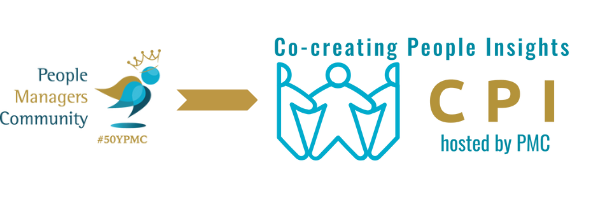The “Agile Model of HR” states that human resources’ job is not just to implement controls and standards, and drive execution—but rather to facilitate and improve organizational agility. This changes HR’s mission and focus. Driving agility means driving programs that create adaptability, innovation, collaboration, and speed.
Examples of agile HR strategies include:
- Training leaders at all levels of the company to act as hands-on coaches, not “managers”
- Designing the organization into small, high-performance teams that set their own targets
- Creating customer interactions within all groups and functions in the company
- Delivering a strong, focused mission and values to keep everyone aligned
- Creating systems with lots of transparent information, i.e., what are our goals, who is working on what project, who are our experts
- Implementing “systems of engagement” not just “systems of record,” i.e., collaboration, information-sharing, project management
- Building a focus on continuous learning and learning culture at all levels
- Implementing a strong external employment brand that attracts “the right type” of people
- Hiring and promoting experts, not general managers
- Encouraging and teaching people to give each other direct feedback
- Creating programs for peer-to-peer rewards and recognition
- Developing programs to foster diversity in teams
The Agile Model of HR represents a new emerging way for HR to define its mission.
article from www.bersin.com by Deloitte

